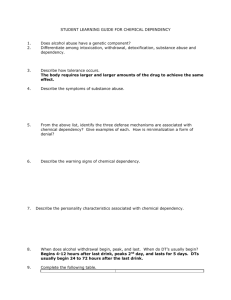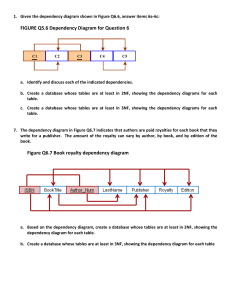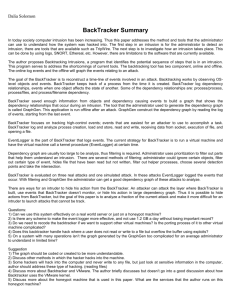The Neoclassical and the Dependency Perspectives
advertisement
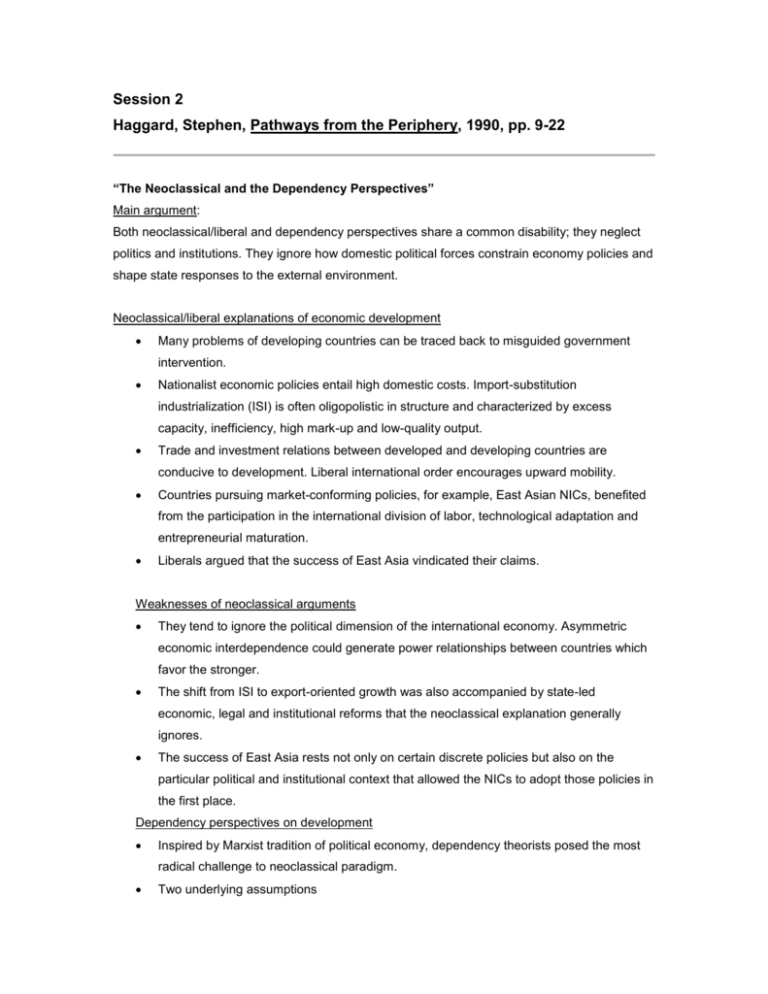
Session 2 Haggard, Stephen, Pathways from the Periphery, 1990, pp. 9-22 “The Neoclassical and the Dependency Perspectives” Main argument: Both neoclassical/liberal and dependency perspectives share a common disability; they neglect politics and institutions. They ignore how domestic political forces constrain economy policies and shape state responses to the external environment. Neoclassical/liberal explanations of economic development Many problems of developing countries can be traced back to misguided government intervention. Nationalist economic policies entail high domestic costs. Import-substitution industrialization (ISI) is often oligopolistic in structure and characterized by excess capacity, inefficiency, high mark-up and low-quality output. Trade and investment relations between developed and developing countries are conducive to development. Liberal international order encourages upward mobility. Countries pursuing market-conforming policies, for example, East Asian NICs, benefited from the participation in the international division of labor, technological adaptation and entrepreneurial maturation. Liberals argued that the success of East Asia vindicated their claims. Weaknesses of neoclassical arguments They tend to ignore the political dimension of the international economy. Asymmetric economic interdependence could generate power relationships between countries which favor the stronger. The shift from ISI to export-oriented growth was also accompanied by state-led economic, legal and institutional reforms that the neoclassical explanation generally ignores. The success of East Asia rests not only on certain discrete policies but also on the particular political and institutional context that allowed the NICs to adopt those policies in the first place. Dependency perspectives on development Inspired by Marxist tradition of political economy, dependency theorists posed the most radical challenge to neoclassical paradigm. Two underlying assumptions 1) The international economy is conceived as a hierarchically ordered system of dominance with various mechanisms through which inequality is reproduced. 2) The character of the periphery’s development has largely been a function of the way in which it was incorporated into the international division of labor. A “new wave” of dependency writing focused on the relationship between state and foreign and local firms. There are two main lines of arguments. 1) There is a transnational class coalition, which is “a triple alliance” of states, foreign firms and local firms. 2) Foreign firms are the most powerful. Their power vis-à-vis local firms in the market and their dominant position in the economy constitute a fundamental constraint on national policy, thus resulting in a restriction of choice among local development options. Weaknesses of dependency perspectives Dependency can also be a result of national policies. The conduct and performance of MNCs is only an intervening variable between policy choices and economic outcomes. The view overestimates the importance on foreign direct investment (=MNCs) and rests on extremely restricted view of how international system constrains state behavior. Dependency theory is too economistic and apolitical. It ignores political and military considerations which also influence national policy. Dependency theory neglects the significance of domestic politics and the wide variation in state responses to similar situations of dependency. Its structuralist focus draws attention away from an examination of political forces shaping national policies.
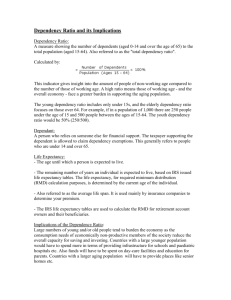
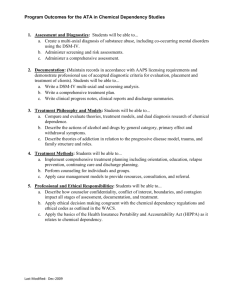
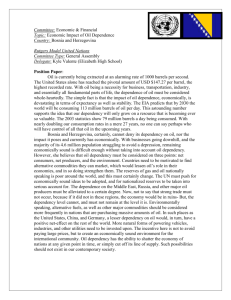
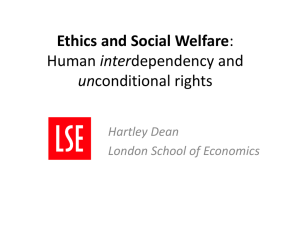


![[#KULRICE-8616] Wrong slf4j-log4j12 version resolved](http://s3.studylib.net/store/data/007509464_1-ab9bda0784a3e51fb3e38df882af1877-300x300.png)
